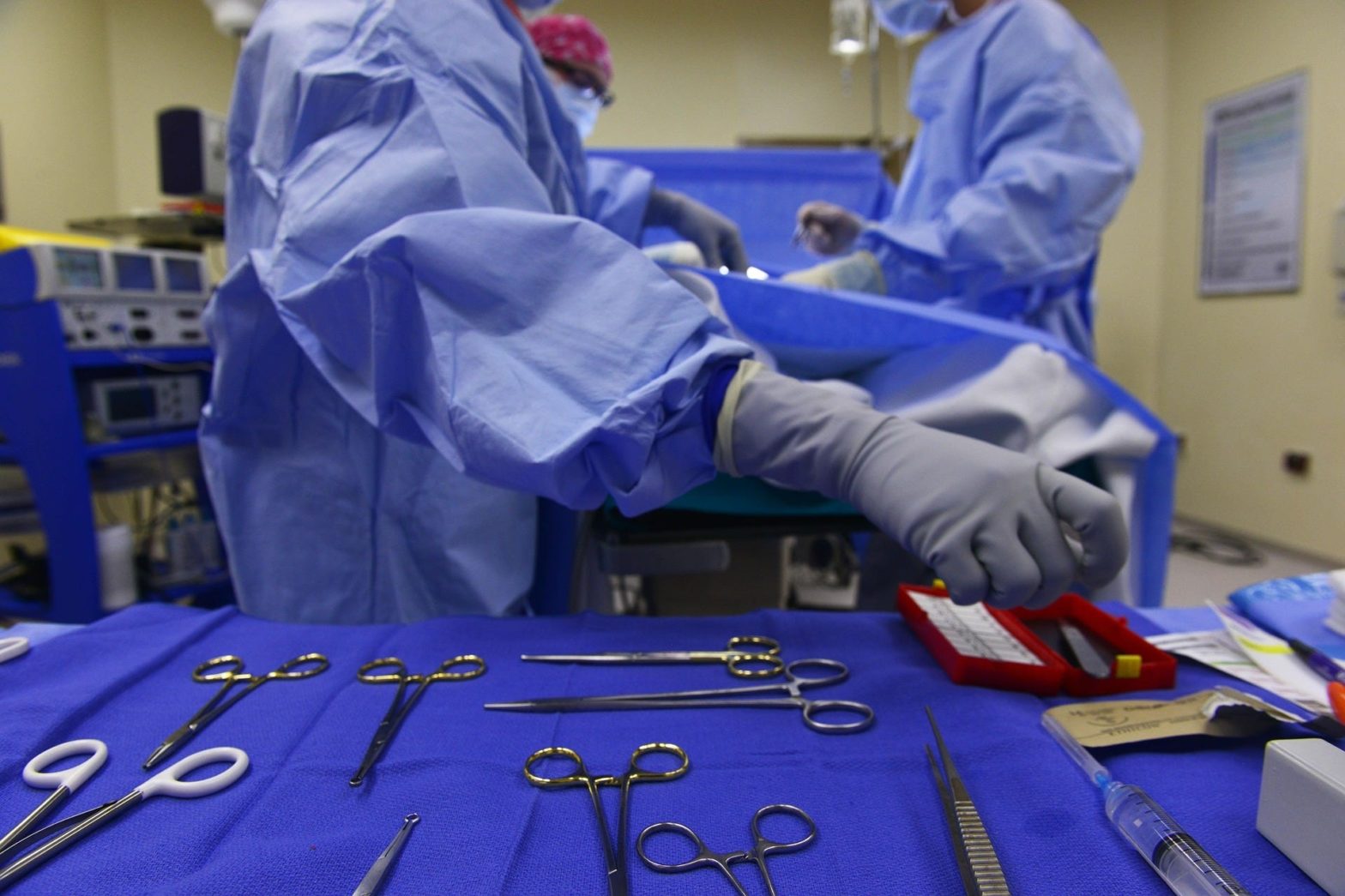
GULF BREEZE — A team of representatives from Andrews Institute for Orthopaedics & Sports Medicine recently traveled to Kuala Lumpur, Malaysia, to finalize preparations for an upcoming research study involving the Andrews Research and Education Foundation at Andrews Institute. The study will focus on improving orthopaedic surgery with stem cell technology.
The team, led by Dr. Adam Anz, orthopaedic surgeon at Andrews Institute, worked with Dr. Khay Yong Saw at the Kuala Lumpur Sports Medicine Center to better understand how operating procedures at KLSMC could be replicated at the Regenerative Medicine Center at Andrews Institute.
While Andrews Institute physicians use techniques to repair damaged cartilage, the study’s goal is to improve those techniques and outcomes with the addition of one’s own stem cells.
The study will attempt to replicate these stem cell therapy components used at KLSMC:
- The type of surgical procedure conducted
- The means of harvesting stem cells
- The frequency by which those stem cells are injected back into the patient while cartilage heals and matures
- The type of physical rehabilitation the patient requires after the surgical procedure
The study is seven years in the making, Anz said.
“We know we already have the ability to harvest stem cells and store those stem cells,” he said in a media release. “We know we can conduct the surgery; that was part of the collaboration in seeing Dr. Saw’s techniques.
“The main part of the trip was to collaborate with the KLSMC on preparing our data similarly in the way that they prepare their data for the United States Food & Drug Administration.”
GAINING MORE STEM CELLS
While Andrews has the capacity to harvest stem cells, one key component of the study will focus on an improved mechanism for harvesting a greater amount of one’s own stem cells.
One technique that has evolved is that physicians at KLMSC administer Neupogen, a drug that makes stem cells in your bone marrow go to your blood stream, Anz said. The stem cells are collected with an Apheresis machine, which uses centrifuge as well as optics to sort cells. Right now, a bone marrow extraction can produce between 7,000 and 14,000 stem cells; with Apheresis and Neupogen mobilization, you can produce up to 120 million stem cells.
The upcoming research study will not only use an improved mechanism for collecting a larger amount of one’s own stem cells. It also will focus on increasing the frequency of injections.
MISSION: GROW CARTILAGE
Andrews Institute currently uses stem cells to help treat the symptoms of damaged cartilage. The proposed study will also investigate if stem cells can result in cartilage creation.
“On our campus, we currently use platelet-rich plasma, which is a blood product, and bone marrow aspirate, which is a type of cell therapy,” Anz said. “We are doing a study right now comparing those two in terms of helping with knee arthritis or the treatment of knee joint degeneration. But our next step is to see if we can use this technology from Dr. Saw to re-grow cartilage to really regenerate it.”
EYING THE NEXT STEP
Collaboration with the KLSMC will help Andrews Institute prepare the data collected through the research study to present to the FDA.
To use this technology in the United States, it must go through an FDA pathway of development, Anz said.
“What we’ve been working on is doing the necessary preparations to take all the work that has been done in Malaysia and prepare the outcomes of that work, present it to the FDA and then build a facility where we could do those processes, store the cells, and then re-inject those cells and show that we have the facilities to do that,” he said.
“That is the next step in bringing this treatment to our patients at Andrews Institute.”
This article originally appeared on Santa Rosa Press Gazette: Andrews representatives prepare for stem cell research study
